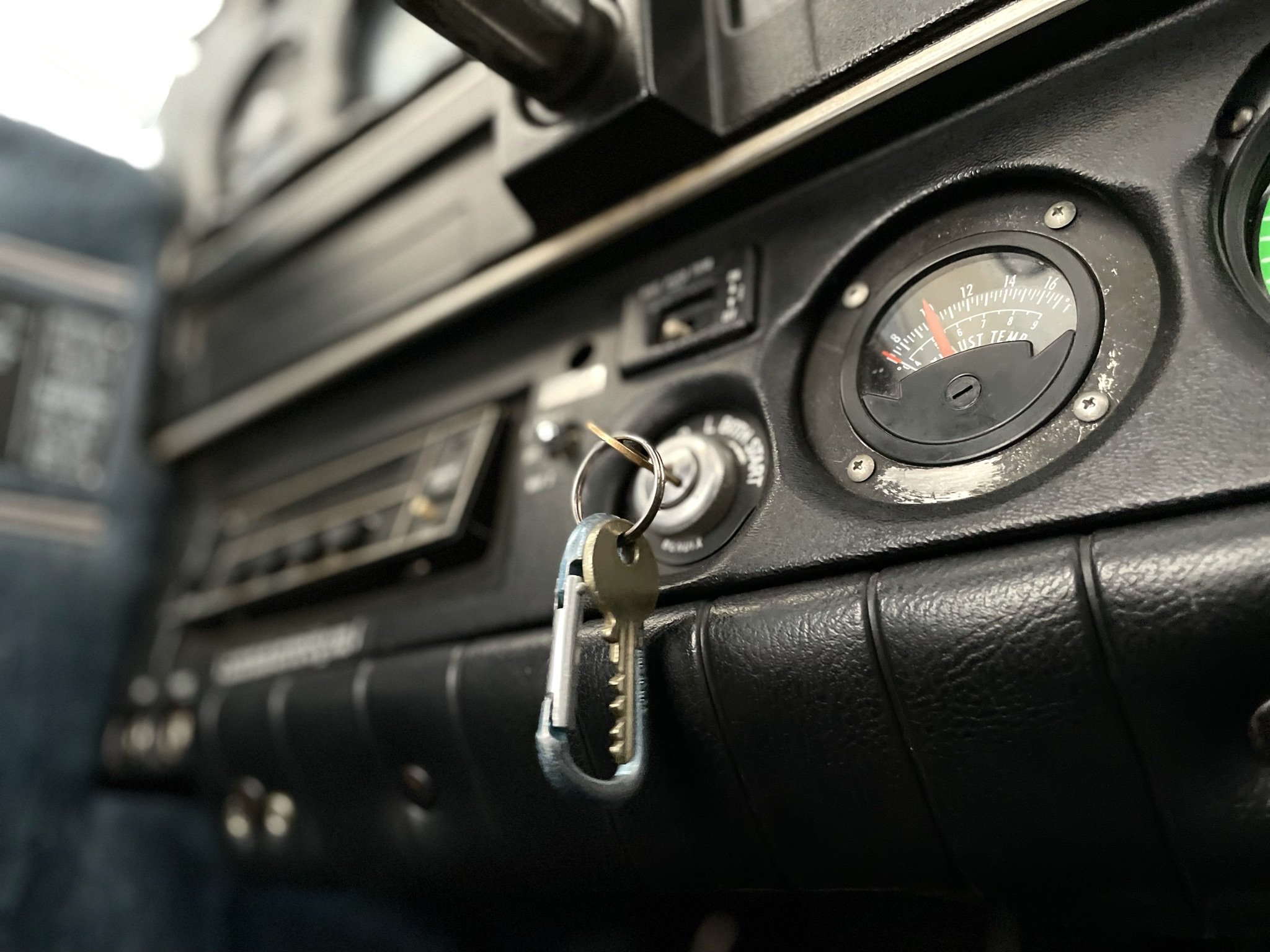
Recipe for a private pilot:
-
Solo
The initial part of your flight training will focus on basic piloting skills and select ground training. You will learn about:
Trim control
Turns
Slow flight
Safety and emergency procedures
Communications
Situational awareness
Takeoffs and landings
Upon learning the basics, your instructor will prepare you for your first solo flight. Before you can solo, you’ll have to pass your FAA written exam. After completing your first solo, it’s time for cross-country training.
-
X-Country
Following your solo flight, you will begin to work on the fundamentals of cross-country (XC) flight.
Your instructor will help you to plan out your XC flights using weather information, charts, and flight instruments. You will begin to fly to local airports such as Santa Maria (KSMX), Paso Robles (KPRB), and Oceano (L52) to become comfortable with flying into different sized airports with different surrounding terrain, weather, and communication processes.
Once you’re proficient in your planning and navigating skills, you’ll perform your first solo XC flight, followed by a longer solo XC flight with stops at two airports. After some more solo XC flying and a night XC flight with your instructor, you’ll start preparing for the big day.
-
Checkride Prep
In the final phase of your flight training, you will work with your instructor to prepare for your practical test, or checkride– the final step to getting your Private Pilot License.
Your PPL Examiner (DPE) will test you in two parts including an oral exam and flight exam. After you pass your oral, your examiner will assess your flying by having you complete maneuvers you’ve trained for like different types of takeoffs and landings (crosswind, short field, soft field, etc.), turns, emergency procedures, and using navigational aids.
Do this right and bam — you’re a pilot.
